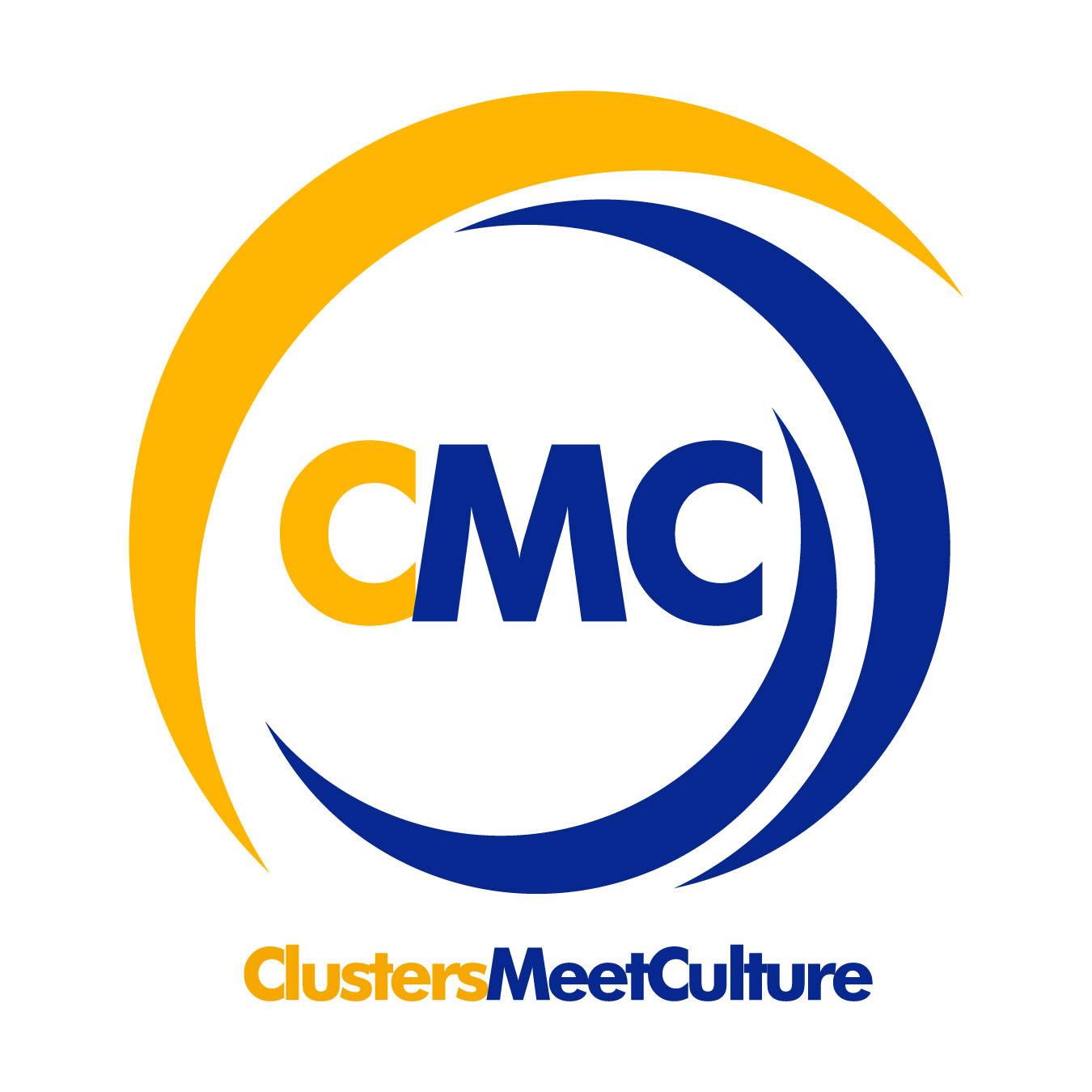Lead partner
Veneto Region
Programme and call
EEA Programme – South East Europe
Short description
The CMC project aims to intensify the production of local districts and their ability to attract tourist flows, through specific actions aimed at improving their awareness and ability to combine tourism, production and culture. In particular, the project aims at attracting new tourist flows in less known tourist areas where the districts are located, thanks to the promotion of new integrated itineraries, capable of proposing a multiple/integrated offer of cultural attractions, tourism and local products. Facilitating the connections between art, culture, tourism and industry allows to promote a unique and integrated tourist offer that enhances the overall identity of a given territory.
Objectives
– Dilute the tourist flows currently concentrated in major cities and distribute them inland, which in turn often offers extraordinary opportunities in both cultural and economic terms;
– To create strategic partnerships between cultural and industrial production aimed at obtaining mutual benefits, to create a common methodology to identify the most suitable corresponding profiles between industry, culture and tourism;
– Attracting tourist flows by increasing new forms of thematic tourism (such as industrial tourism, thematic museums) so as to strengthen the visibility of local production and increase direct sales;
– Promote public-private synergies for the enhancement of the local areas involved;
– Define common criteria and protocols at transnational level to create effective public-private partnerships (PPPs);
– Create new professional profiles (“Shopping Trainer” and “Territorial Product Manager”) able to increase shopping in the hinterland and clearly explain to tourists the identity/cultural value of the products presented.
Actions
– Definition of a web platform with innovative ICT tools to connect tourists, cultural production, districts and surrounding territories;
– Survey on the mechanism to link “city tourism” with productive districts in the EEA area;
– Examine existing best practices of virtuous combination between cultural and productive sector;
– Analysis of districts, layouts and organizational models in the project area;
– Identification of the most suitable synergy models to connect industrial districts and cultural and tourist agencies;
– Develop transnational plans to promote Public-Private Partnerships between culture-tourism and industry;
– Publication of the Handbook “How to develop public-private partnerships between cultural and production clusters in the EEA area”;
– Creation of a new professional figure aimed at expanding the tourist offer from the cities to the productive area of the hinterland: the “shopping trailer” and the “territorial product manager”.
Results
– An innovative online web platform to promote alternative tourist itineraries that allow tourists to learn about local know-how, traditional local production and the identity of territories through story-telling;
– Open dialogue between districts and the management of tourist destinations, created in order to give impetus to the promotion of products of excellence;
– New tourist itineraries built thanks to a process of broad consensus between different stakeholders from the tourism, cultural and industrial sectors;
– Publication of the Manual “How to develop Public-Private Partnerships between cultural and industrial production in the EEA area” and implementation of the pilot actions: at least 5 signed PPP agreements;
– Online digital archive of all useful information collected before, during and after the life of the project on the synergies between Culture/Tourism/Industry;
– Improved skills and capacity to promote an integrated tourism offer able to link culture and industry through the creation of two professional figures: the Shopping Trainer and the Territorial Product Manager.
Beneficiaries
Tourists, private and public sector tour operators of the areas involved.
Partnership
The partnership is composed of the following actors
– Lead Partner: Veneto Region (Italy)
– PP1: Regional Union of Chambers of Commerce of Veneto (Italy)
– PP2: Province of Rimini (Italy)
– PP3: Chamber of Commerce and Industry of Pécs-Baranya (Hungary)
– PP4: Competence Centre for Cultural Innovation (Hungary)
– PP5: Sibiu Chamber of Commerce and Agriculture (Romania)
– PP6: University of Sibiu Lucian Blaga (Romania)
– PP7: Regional Chamber of Crafts and Small Enterprises of Maribor (Slovenia)
– PP8: Development Agency in Maribor (Slovenia)
– PP9: Slovak Chamber of Commerce and Industry (Slovakia)
Duration
The project had a duration of 24 months (October 2012 – September 2014)
Website
http://www.cmc-project.eu
Total Budget
1.551.015,00 €
Contribution
1,318,363.00 € (co-financed for 85% of the total budget)
Funding body
European Commission – Directorate-General for Regional Policy




